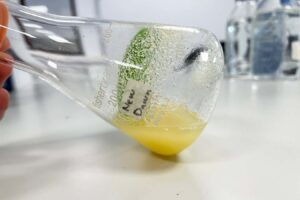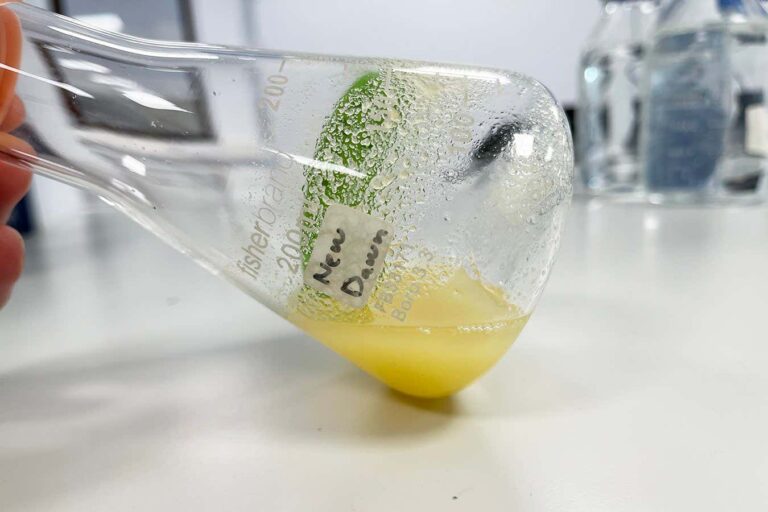Unlock the secrets of how whitening creams work! Achieve a balanced skin tone with our enlightening explanation about skincare science.
It’s important for consumers seeking effective skin-lightening solutions to understand how these products work. By learning about the active ingredients and their effects in whitening products, individuals can make informed choices that prioritise safety and efficacy, helping them avoid adverse reactions and set realistic expectations. Recognising the ethical implications of skin colour preferences is essential.

Skin Color
Skin pigmentation refers to the colouration of the skin, primarily determined by the type and amount of melanin produced by melanocytes in the dermis. Various factors, including genetics, environmental influences such as sun exposure, and hormonal changes, contribute to variations in skin tone. This pigmentation is critical in protecting against UV radiation and affecting
overall appearance.
Melanin is the natural pigment responsible for determining skin colour. Produced by melanocytes, it absorbs harmful ultraviolet (UV) radiation, protecting against sun damage. The levels and types of melanin present result in various skin shades, influencing appearance and susceptibility to certain skin conditions. Factors affecting skin colour include genetics, environmental exposure, and melanin levels. Genetic variations dictate melanin production, while sun exposure can darken the skin over time. Geographic location also affects skin tone adaptations to UV radiation, with hormonal changes and certain medical conditions potentially impacting pigmentation.
Skin Whitening
Skin whitening involves lightening skin tone and reducing pigmentation through various methods, including topical creams and cosmetic procedures. The goal is often to achieve a fairer complexion or correct uneven pigmentation caused by sun exposure, ageing, or other factors.
An even complexion characterises a balanced skin tone without significant discolouration or uneven patches. Achieving this ideal involves proper skincare, sun protection, and specific makeup techniques.
Individuals may use whitening creams for various reasons, including wanting a lighter complexion, improved uniformity, or addressing dark spots and hyperpigmentation. Social pressures and beauty standards often contribute to these choices, as some believe that brighter skin improves overall appearance and boosts confidence.
Achieving a Balanced Skin Tone
Whitening creams contain active ingredients, such as hydroquinone or kojic acid, that inhibit melanin production in the skin. These creams penetrate the outer layers, gradually lightening pigmentation and promoting a more uniform complexion. Regular application helps reduce dark spots and discolouration while enhancing overall skin brightness.
Setting a timeline for achieving desired outcomes is crucial for managing expectations. By outlining specific milestones and deadlines, users can monitor progress and make necessary adjustments to ensure results are completed within the expected timeframe.
It is essential to acknowledge potential challenges during the whitening process. Factors such as unforeseen challenges and environmental influences can affect outcomes. Assessing risks and benefits is crucial for informed decision-making and preparedness, enhancing the likelihood of success while maintaining realistic expectations.
Whitening Creams and Ingredients
Whitening creams are popular among those seeking to lighten their skin tone and reduce dark spots. Common types include hydroquinone-based creams, which inhibit melanin production; creams derived from fungi that are effective in brightening; and vitamin C serums offering antioxidant protection. Consumers also prefer natural ingredients like liquorice extract due to their fewer side effects.
Understanding the advantages and disadvantages of critical ingredients is vital. These components can enhance a product’s efficacy but may also introduce potential side effects or allergic reactions. Knowing both perspectives allows consumers and manufacturers to make informed decisions, ensuring safety while maximising benefits.
Choosing creams suitable for one’s skin type is essential for achieving optimal results. Different skin types, such as oily, dry, combination, or sensitive, have unique needs that specific formulations can address. The cream can enhance hydration while minimising adverse reactions, fostering healthy skin and effective skincare routines.
Safety and Side Effects of Whitening Creams
Users of whitening creams may experience side effects, ranging from mild, temporary reactions to severe complications requiring medical attention. Understanding these potential adverse effects is crucial before starting any treatment, as they can significantly impact overall well-being and the effectiveness of the desired outcomes.
To prevent adverse outcomes, it is essential to implement strategic measures that foster careful planning and risk assessment. Identifying potential pitfalls, establishing contingency plans, and promoting user awareness can enhance safety. Regular monitoring and evaluation allow for timely adjustments, ensuring a proactive approach to minimising undesired impacts.
Patch tests are crucial for identifying allergic reactions to skincare products. They involve applying small substances to the skin, enabling professionals to monitor reactions. These tests help prevent adverse effects by determining individual sensitivities, leading to safer choices in skincare.

Conclusion
Whitening creams aim to lighten skin tone by reducing melanin production and inhibiting enzyme activity related to pigmentation. Common ingredients include hydroquinone, kojic acid, and arbutin, which promote a more uniform complexion. However, these products can have side effects and pose risks if misused; thus, consulting a dermatologist before use is advisable.
Effective resource use combined with realistic expectations is essential for success. A mindful approach maximises outcomes while avoiding disappointment. Individuals can allocate their efforts effectively by setting achievable goals and recognising limitations. This balanced approach fosters resilience, leading to more fulfilling experiences.
Achieving a balanced skin tone is a journey that requires patience, dedication, and self-care. Understanding one’s skin type and embracing healthy practices tailored to individual needs is essential. Consistent skin care routines, hydration, and proper nutrition enhance radiance. Celebrating each step toward balance is essential; every progress matters on this rewarding path.
FAQs
How can one whiten their skin evenly?
Adopting a consistent skincare routine that includes gentle exfoliation, daily moisturisation, and sunscreen application is advisable to achieve an even skin tone. Products with natural brightening ingredients like vitamin C or liquorice extract can promote uniformity. Consulting a dermatologist for personalised treatments may yield optimal results.
How do skin whitening creams work?
Skin whitening creams inhibit melanin production, the pigment responsible for skin colour. They often contain active ingredients like hydroquinone, kojic acid, or arbutin that block enzymes involved in melanin synthesis. Some formulations provide exfoliation to remove darker skin cells, leading to a lighter appearance.
What happens to the skin when using whitening cream?
When using whitening creams, the skin may experience various effects. These products typically reduce melanin production. While some users might achieve a lighter complexion, prolonged use can lead to side effects, including irritation and sensitivity. Following guidelines and consulting professionals is crucial before starting treatment.
Can skin tone be whitened?
The question of whether skin tone can be lightened remains prevalent. Various products and treatments claim to reduce melanin, resulting in a lighter complexion. However, effectiveness and safety vary. It is essential to consider potential risks and the societal implications of pursuing fairness, focusing instead on embracing natural beauty across diverse skin tones.


















+ There are no comments
Add yours